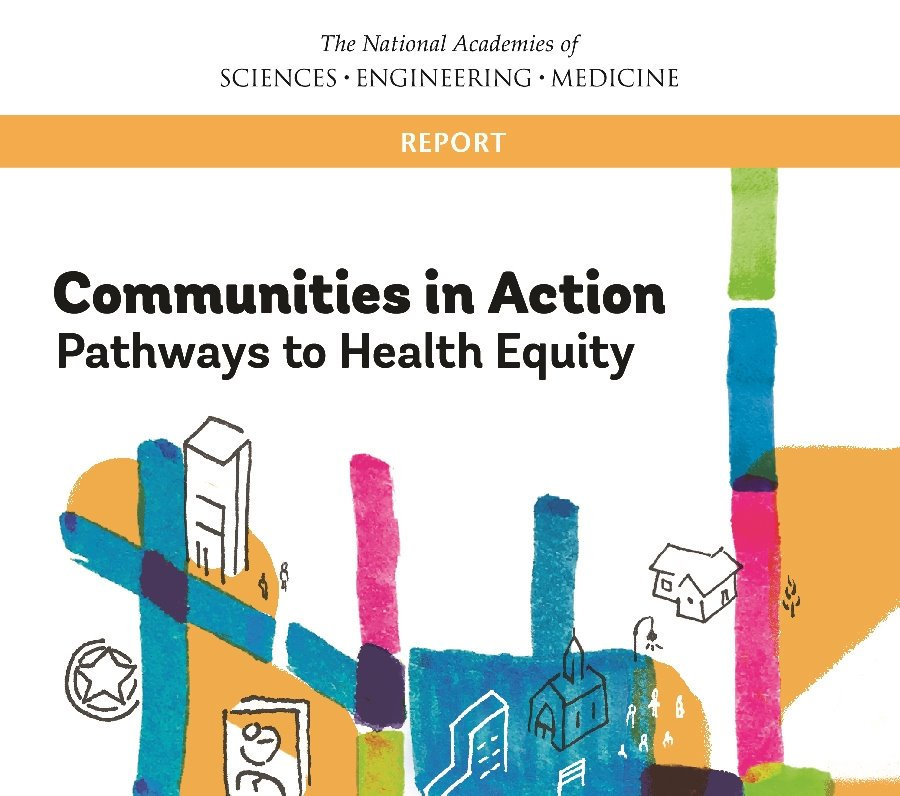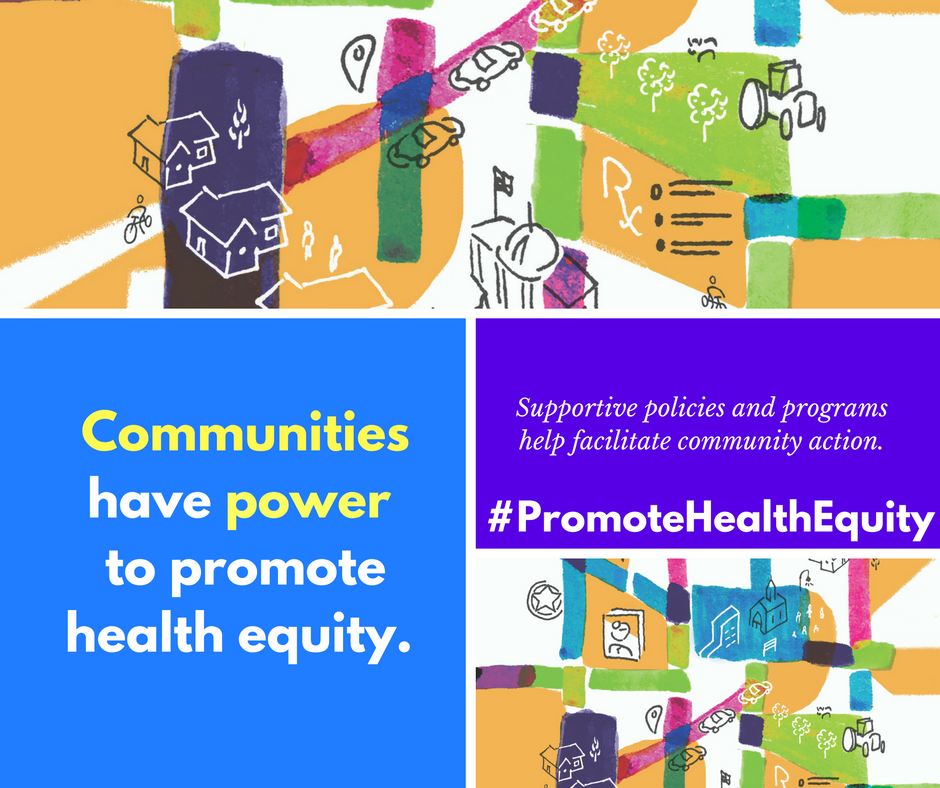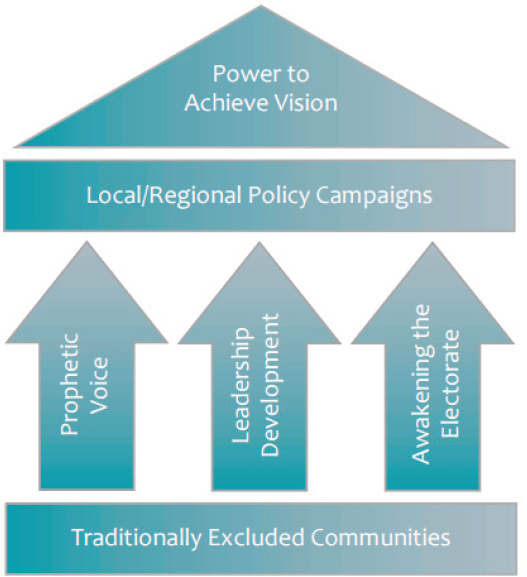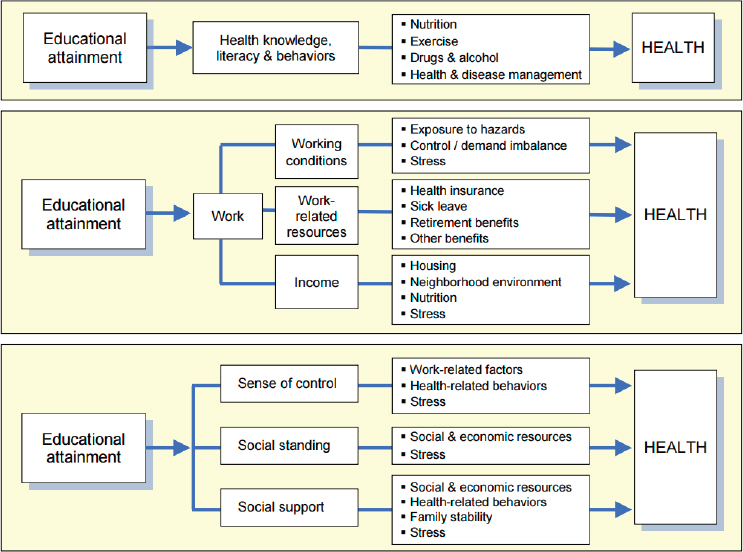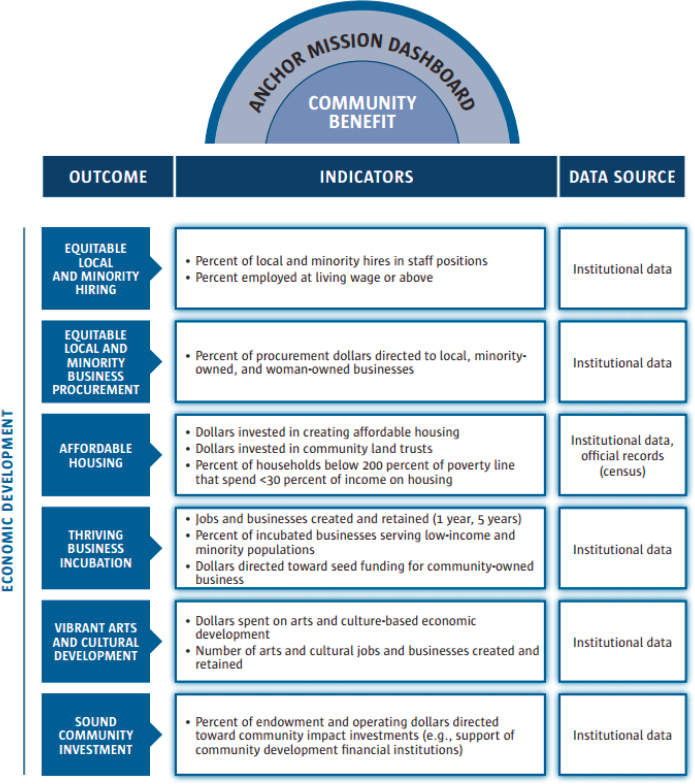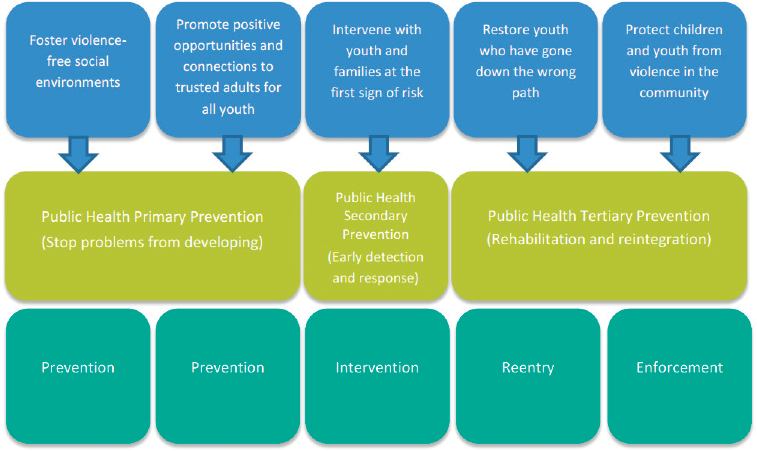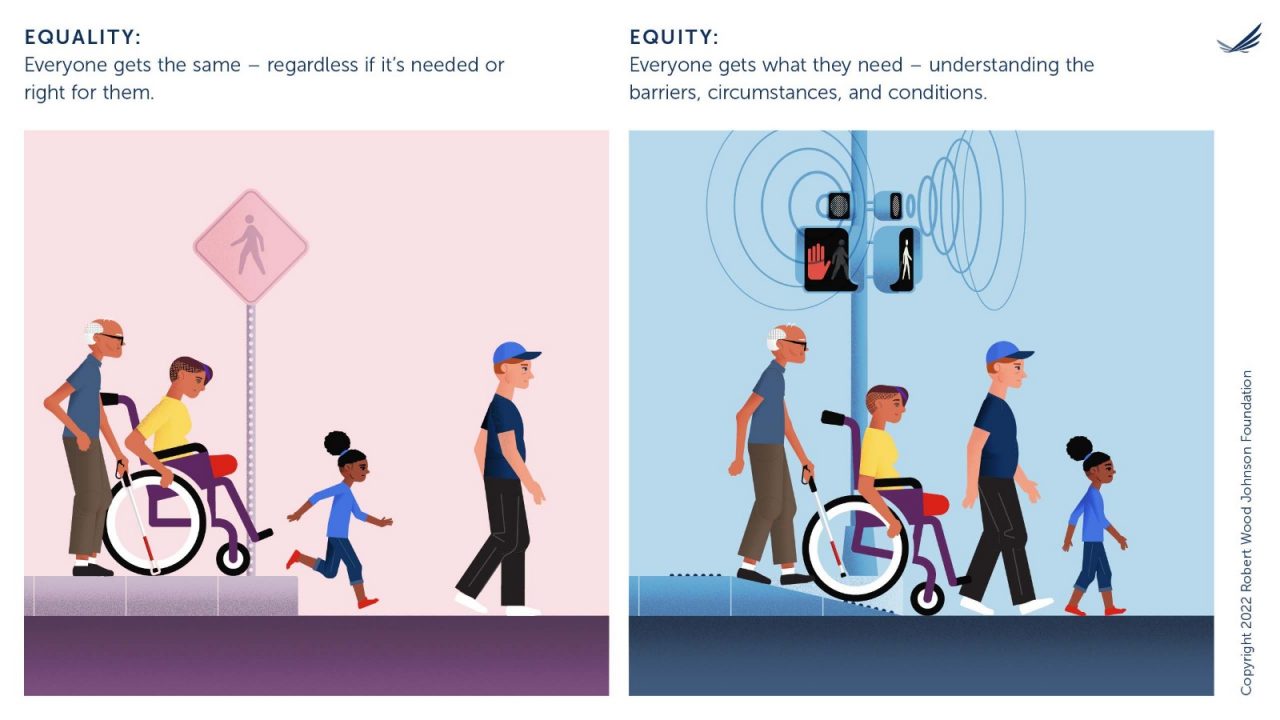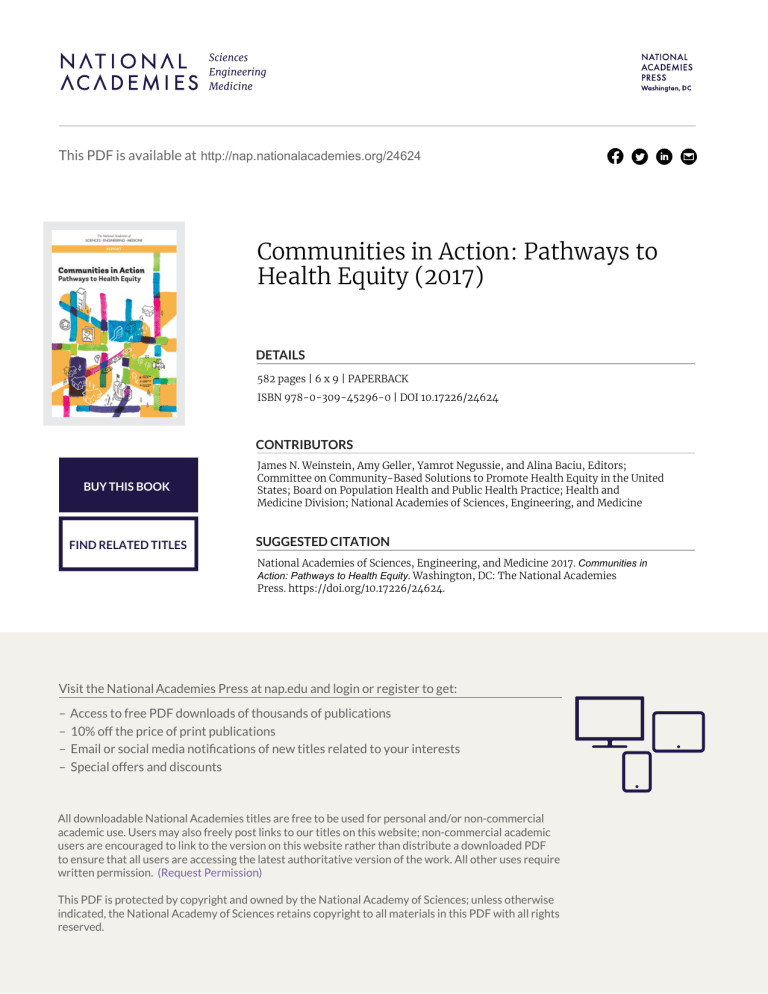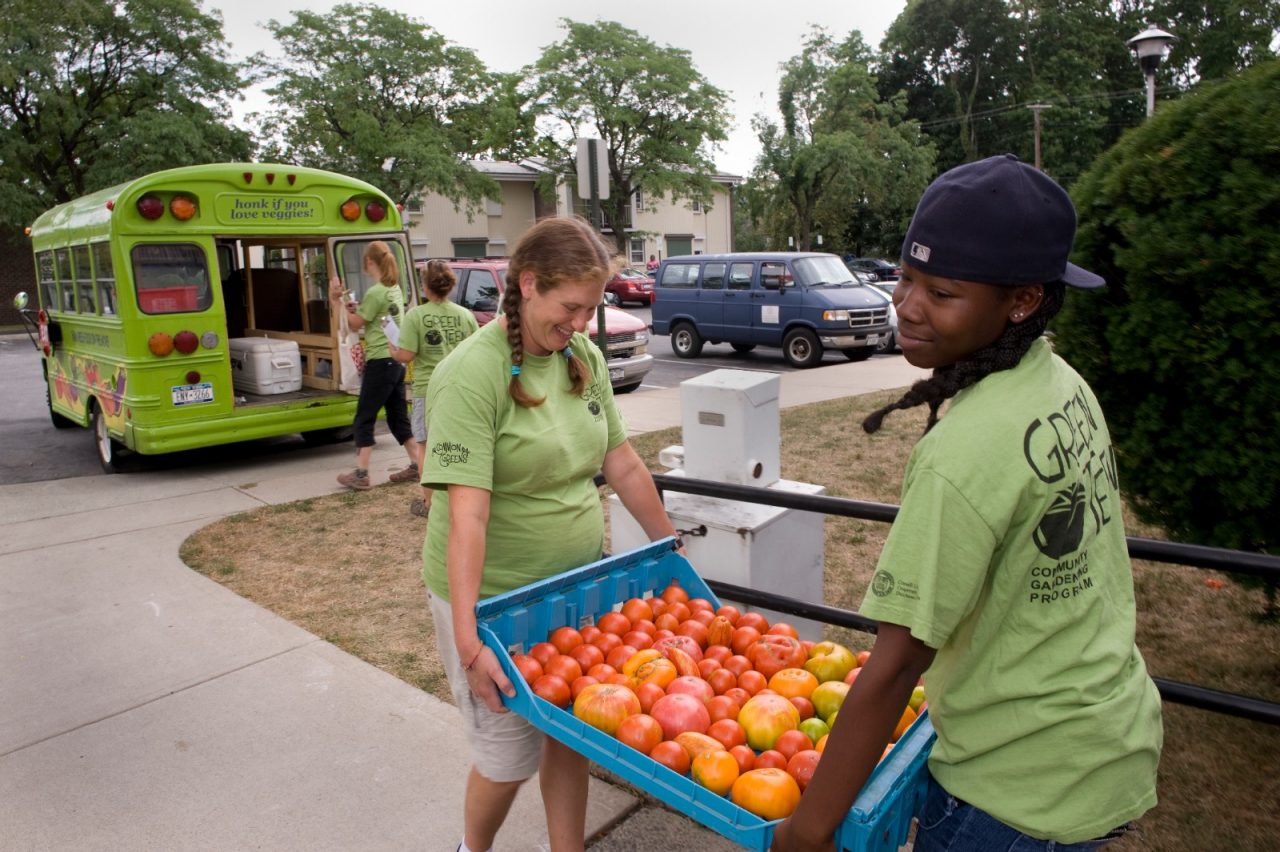Communities In Action Pathways To Health Equity
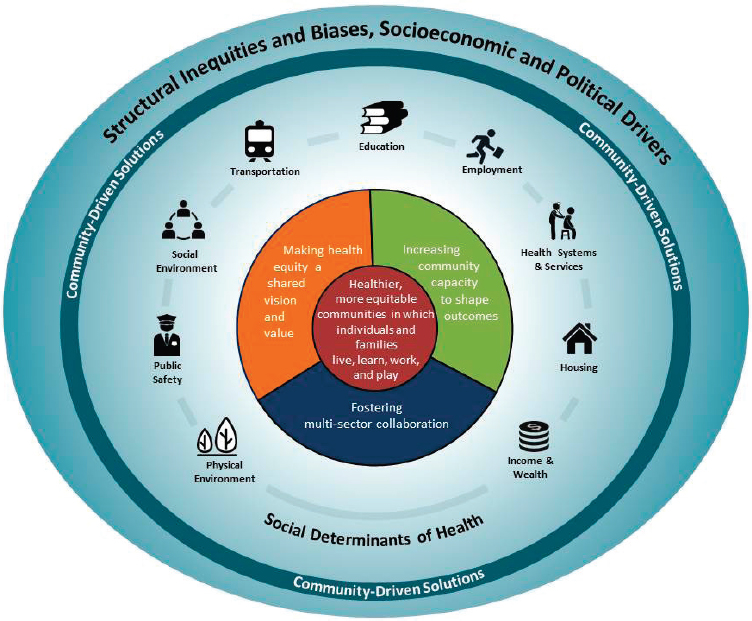
The aroma of freshly brewed coffee mingles with the lively chatter filling the community center. Sunlight streams through the windows, illuminating faces etched with hope and determination. Today, it is not just another meeting; it is a celebration of resilience, a testament to the power of collective action in bridging health disparities.
This story explores Communities In Action Pathways To Health Equity, a grassroots movement dedicated to improving health outcomes in underserved communities. The initiative aims to dismantle systemic barriers that disproportionately impact vulnerable populations. By empowering residents, fostering collaboration, and implementing innovative strategies, it is carving a path towards a healthier, more equitable future for all.
The Genesis of a Movement
The seeds of Communities In Action were sown in response to stark realities. Decades of research have revealed significant health disparities across the nation. These disparities are often rooted in social determinants of health, such as poverty, lack of access to quality education, and inadequate housing.
These factors create environments where chronic diseases flourish and opportunities for healthy living are limited. Recognizing the urgent need for change, a coalition of community leaders, healthcare professionals, and social justice advocates came together to form Communities In Action.
Their vision was simple yet profound: to create a sustainable, community-driven model for achieving health equity. They envisioned a system where every individual, regardless of their background or circumstances, has the opportunity to thrive.
A Multi-Pronged Approach
Communities In Action operates on the principle that addressing health disparities requires a comprehensive, multi-pronged approach. Their initiatives span several key areas, including healthcare access, education, and economic empowerment.
Expanding Healthcare Access
A cornerstone of Communities In Action's work is expanding access to quality healthcare. They understand that simply having insurance coverage is not enough; individuals need access to culturally competent, affordable, and convenient care.
To this end, they partner with local clinics and hospitals to increase the availability of primary care services. They also organize mobile health clinics that bring medical care directly to underserved communities.
One of their successful programs involves training community health workers (CHWs). These trusted individuals serve as liaisons between healthcare providers and the community. They provide vital support, such as health education, appointment reminders, and assistance with navigating the healthcare system.
Investing in Education
Education is another critical component of Communities In Action's strategy. They believe that empowering individuals with knowledge about health and wellness is essential for making informed decisions.
They offer a variety of educational programs, including workshops on nutrition, exercise, and chronic disease management. These programs are tailored to the specific needs and cultural contexts of the communities they serve.
Furthermore, Communities In Action recognizes the importance of early childhood education. They support programs that provide young children with a strong foundation for future success, knowing that a quality education can have a profound impact on long-term health outcomes.
Promoting Economic Empowerment
Communities In Action understands that economic stability is inextricably linked to health. Poverty and financial insecurity can create significant stress and limit access to healthy food, safe housing, and other essential resources.
To address this, they offer job training programs, financial literacy workshops, and small business support. These initiatives are designed to help individuals gain the skills and resources they need to achieve economic independence.
They also advocate for policies that promote economic justice, such as raising the minimum wage and expanding access to affordable housing. "Our goal is to create pathways to economic opportunity for everyone in our community," explains Maria Rodriguez, the organization's Executive Director.
The Power of Collaboration
A defining characteristic of Communities In Action is its commitment to collaboration. They recognize that no single organization can solve the complex challenges of health inequity alone.
They actively seek partnerships with a wide range of stakeholders, including community organizations, healthcare providers, government agencies, and philanthropic foundations. By working together, they can leverage their collective resources and expertise to achieve greater impact.
For example, they partnered with the local YMCA to offer free fitness classes in underserved neighborhoods. This collaboration not only provided residents with access to exercise but also created opportunities for social connection and community building.
Measuring Success
Communities In Action is committed to measuring the impact of its programs and using data to inform its strategies. They collect and analyze data on a variety of health indicators, such as rates of chronic disease, access to healthcare, and levels of economic security.
Preliminary data suggests that their efforts are making a difference. They have seen improvements in rates of diabetes management, increased access to preventative care, and a decrease in food insecurity in the communities they serve.
However, they acknowledge that there is still much work to be done. Addressing health disparities is a long-term endeavor that requires sustained commitment and ongoing innovation. "We are constantly learning and adapting our strategies to meet the evolving needs of our communities," says David Lee, a data analyst with Communities In Action.
Challenges and Opportunities
Communities In Action faces a number of challenges in its pursuit of health equity. One major challenge is securing sustainable funding. Many of their programs rely on grants and donations, which can be unpredictable.
Another challenge is addressing the root causes of health disparities, which are often deeply embedded in social and economic systems. This requires systemic change, which can be difficult to achieve.
Despite these challenges, Communities In Action remains optimistic about the future. They see tremendous opportunities to expand their impact and create lasting change.
Looking Ahead
As Communities In Action looks to the future, they are focused on scaling up their successful programs and developing new strategies to address emerging health challenges. They are also committed to advocating for policies that promote health equity at the local, state, and national levels.
One of their key priorities is to expand their reach to more communities. They are developing a toolkit that other organizations can use to replicate their model in their own communities. This toolkit will include best practices, resources, and training materials.
"We believe that our model can be adapted to fit the unique needs of any community," says Sarah Chen, a program manager with Communities In Action. "Our ultimate goal is to create a national movement for health equity."
The work of Communities In Action is a reminder that achieving health equity is not just a matter of policy or funding; it is a matter of justice. It requires a fundamental shift in mindset, a recognition that everyone deserves the opportunity to live a healthy and fulfilling life.
As the sun sets, casting a warm glow over the community center, the faces gathered there reflect a shared sense of hope and possibility. They have seen firsthand the power of collective action to overcome obstacles and create a brighter future.
Communities In Action Pathways To Health Equity is not just a program; it is a testament to the enduring spirit of community, a beacon of hope for a healthier, more equitable world.
